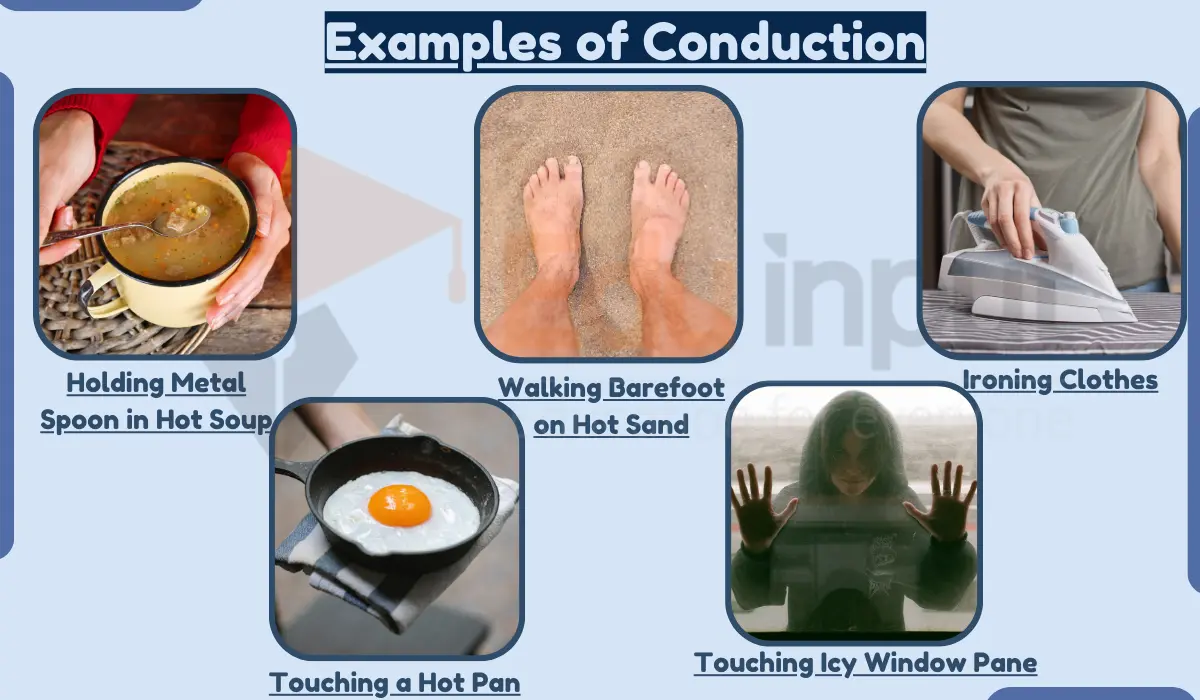10 Examples of Standing Waves
Standing waves are a phenomenon that occurs when two waves of the same frequency, amplitude, and wavelength traveling in opposite directions superpose. Some common examples of standing waves include the vibration of a guitar string, the resonance of air in a musical instrument, and the movement of water in a bathtub.
Examples of Standing Waves
These ten examples of standing waves showcase the wide-ranging applications and significance of this phenomenon in various fields of science and technology.

1. Stringed Musical Instruments
A very common example of a standing wave is string musical instruments. Instruments like guitars, violins, and pianos produce sound through the generation of standing waves on strings. Plucking or striking the strings causes them to vibrate, creating these waves that produce distinct musical notes.
2. Organ Pipes
Organ pipes, used in pipe organs, produce sound through the resonance of standing waves within the pipes. Different lengths of pipes produce different musical notes due to the standing wave patterns formed inside.
3. Vibrating Membranes
Drums and tambourines are examples of instruments that produce sound by creating standing waves on a vibrating membrane or drumhead. The patterns of these waves influence the pitch and tone of the sound produced.
4. Microwave Ovens
Microwave ovens utilize standing waves of microwave radiation to heat food. The microwave cavity is designed to create standing waves, ensuring even heating by constructive interference.
5. Antenna Design
In radio and television broadcasting, standing waves are crucial for antenna design. By matching the length of the antenna to the wavelength of the transmitted signal, maximum energy transfer occurs through standing wave patterns.
6. Vibrating Rods
Tuning forks and xylophones use standing waves on vibrating rods or bars to produce distinct musical tones. The length and thickness of the rods determine the frequencies generated.
7. Transmission Lines
In electrical engineering, transmission lines like coaxial cables and waveguides carry electromagnetic waves, which can form standing wave patterns under certain conditions. These patterns affect signal transmission and impedance matching.
8. Quantum Mechanics
In quantum mechanics, particles such as electrons can exhibit standing wave behavior in their wave-particle duality. These standing waves are associated with the probability distributions of particle positions.
9. Seismic Waves
In geophysics, standing waves can occur in Earth’s crust and mantle due to the reflection and interference of seismic waves. These waves are used to study the Earth’s interior.
10. Resonance Tubes
In physics labs, resonance tubes filled with air or other gases can demonstrate standing wave patterns when sound waves are introduced. These tubes help illustrate concepts of resonance and wavelength.
Standing waves continue to be a fundamental concept studied and utilized by researchers and engineers worldwide.

 written by
written by 





Leave a Reply